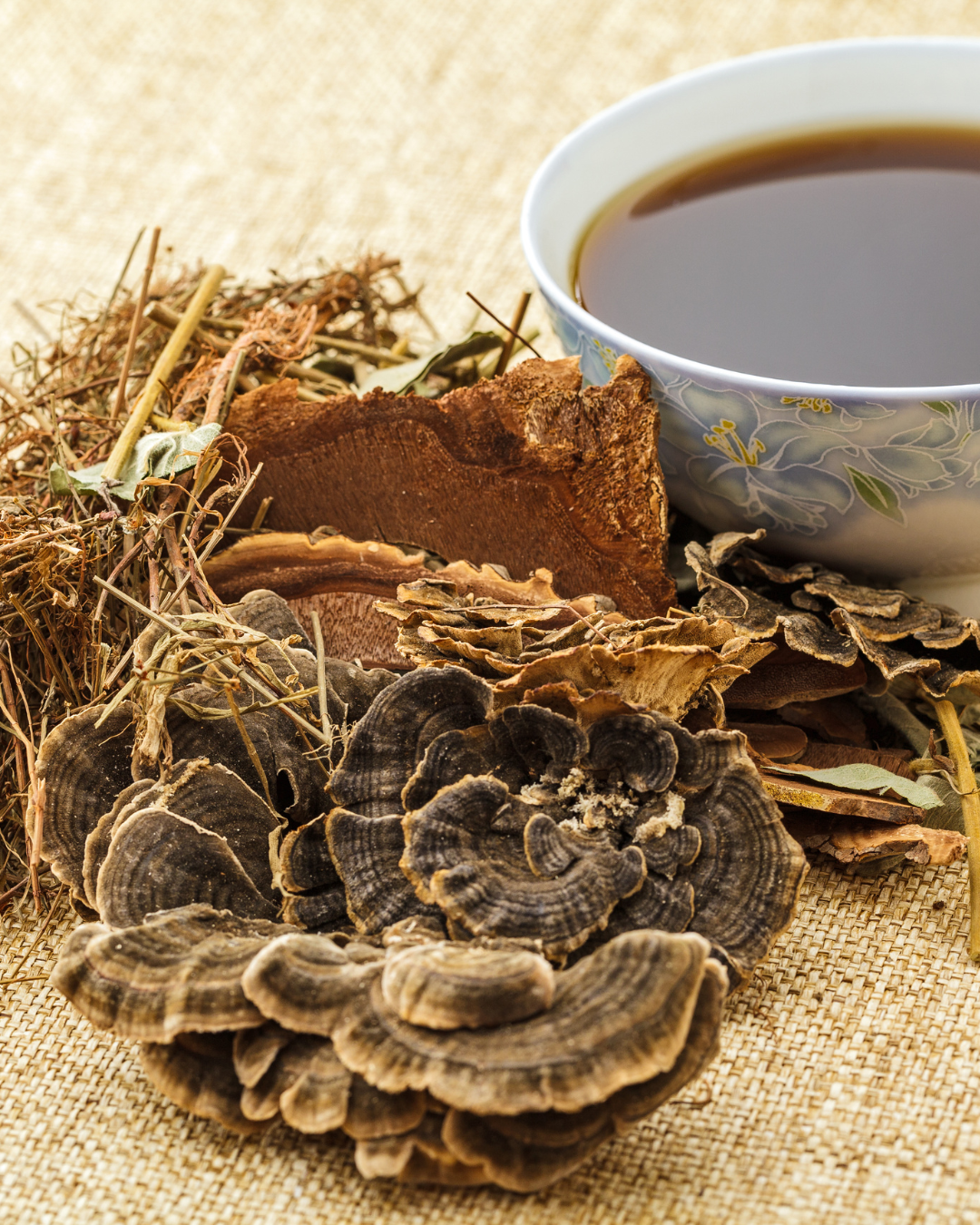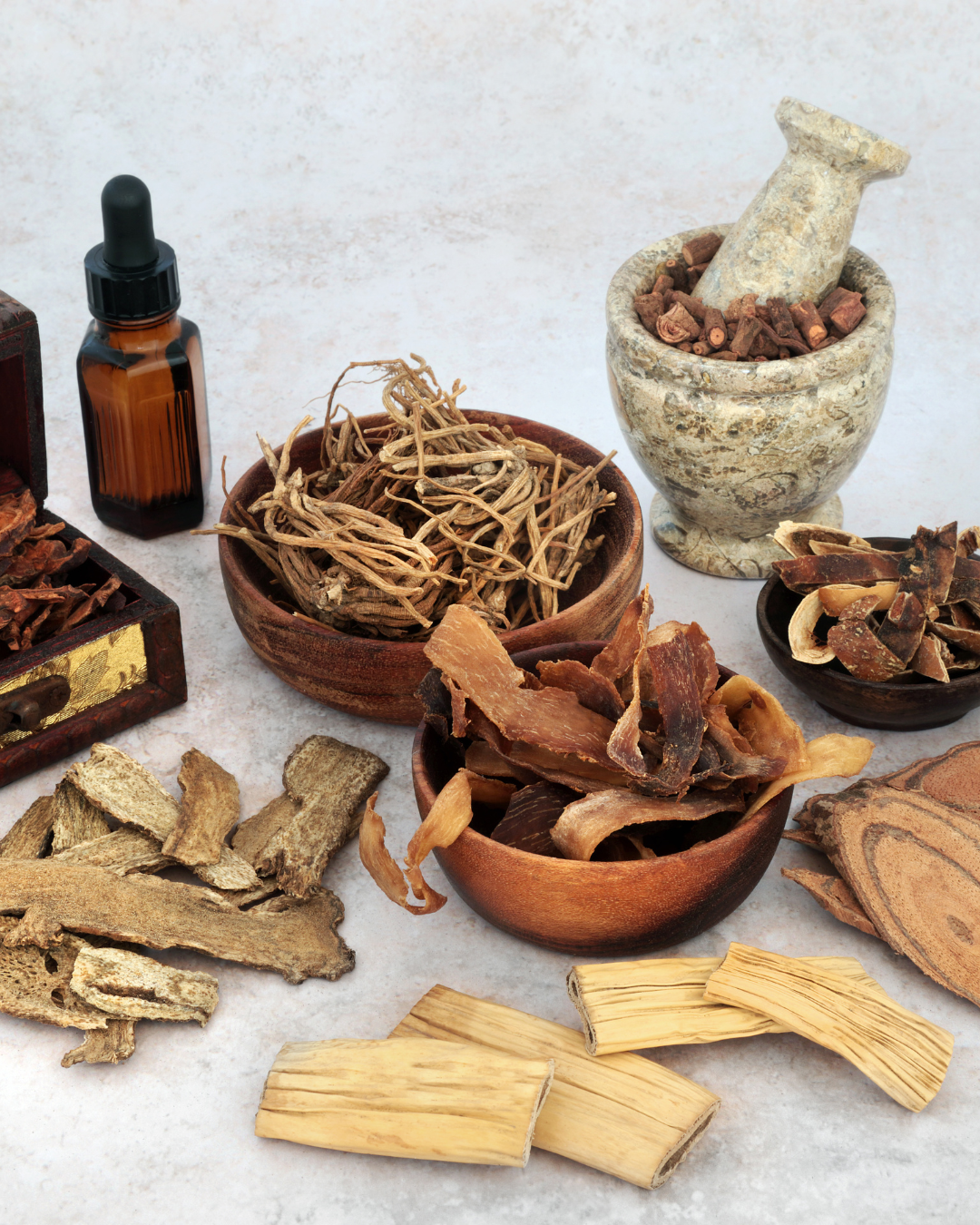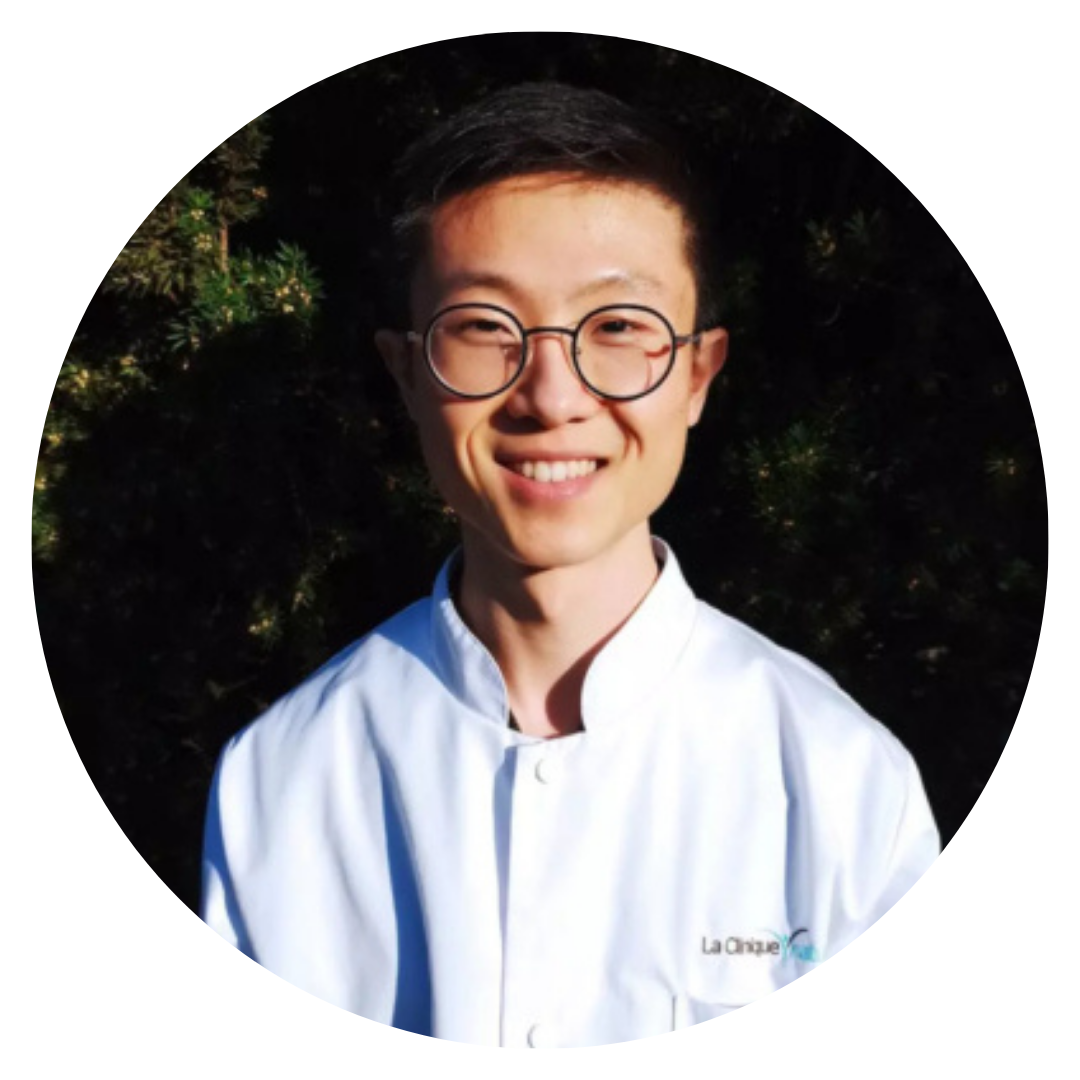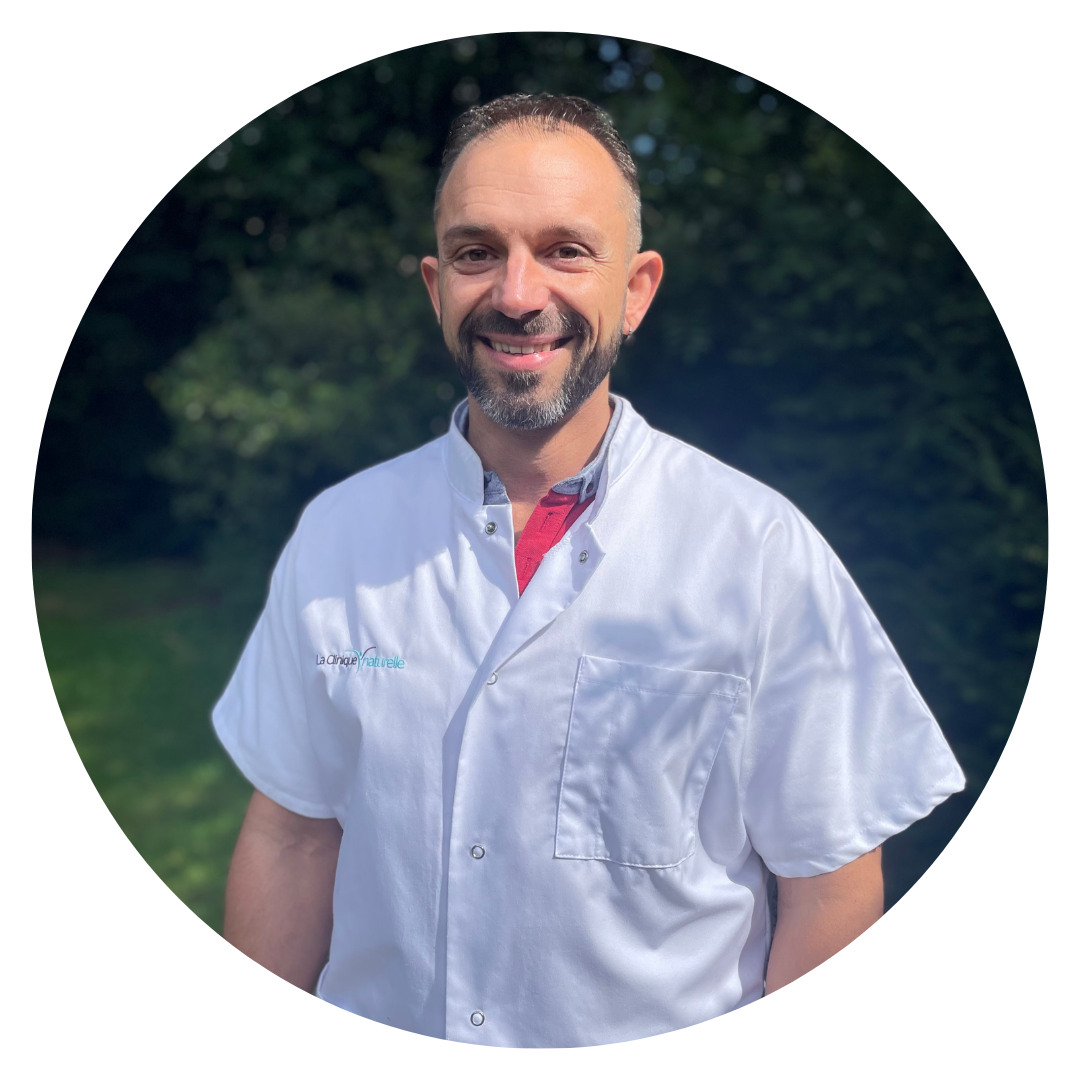Pilier de la médecine chinoise, la pharmacopée chinoise est la méthode la plus utilisée en médecine interne, pour soigner une étendue très vaste de maladies telles que les maladies cardio-vasculaires, les syndromes néphrétiques ou des maladies auto-immunes.

La Pharmacopée à la Clinique Naturelle avec Eric Zhao et Mickael Lett, thérapeutes agréés ASCA et RME.

Qu’est ce que la pharmacopée?
On utilise souvent le terme de phytothérapie chinoise en Occident, alors que la pharmacopée traditionnelle utilise aussi bien les plantes que les minéraux.
Basée sur les mêmes principes que la diététique chinoise, les remèdes permettent le rééquilibrage énergétique du corps afin de lui redonner la vitalité et les conditions nécessaires pour la guérison. Dans les hôpitaux chinois, la pharmacopée est largement utilisée pour traiter tout type de pathologies.
La prescription des plantes exige la connaissance des propriétés énergétiques et curatives de chacune d’elle, ainsi que l’effet synergique de leur combinaison au sein d’une formule.
En 2015, la chercheuse Tu Youyou remporte le prix Nobel de médecine pour ses travaux de recherche contre le paludisme. Elle met au point un traitement particulièrement efficace contenant l’artémisinine. Extrait d’une plante nommée Artemisia annua, utilisée en pharmacopée et dont les vertus médicinales sont connues depuis des millénaires en Chine. Tu Youyou déclare alors : « La médecine chinoise et plus particulièrement la pharmacopée sont un grand trésor, j’ai pris l’artémisinine de ce trésor. »
La pharmacopée en consultation
En début de séance, le thérapeute commence par une anamnèse au cours de laquelle il examine le patient pour déterminer les déséquilibres énergétiques.
La pharmacopée associée à l’acupuncture permet de travailler sur les objectifs fixés à l’issue de l’anamnèse par le patient et le thérapeute.
Prescription de plantes à prendre à la maison :
Pour compléter votre prise en charge, il est possible que le thérapeute vous prescrive une formule de plantes dont le dosage et la composition sont décidés en fonction du cas de chaque patient.
Sous quels formats ?
En fonction de la gravité des symptômes, mais aussi du temps et de la disponibilité du patient vous pourrez recevoir:
- Des poudres concentrées de plantes à diluer dans de l’eau chaude. (Pour plus de facilité)
- Des formules composées de racines, minéraux, animaux, végétaux, à utiliser en décoction (infusion dans de l’eau bouillante). (En cas de pathologie plus importante)
Il effectuera ses commandes auprès de laboratoires (Suisses et Français) selon l’assurance complémentaire du patient. Puis, en fonction de cette couverture, la livraison s’effectuera en pharmacie sur Suisse ou directement à domicile pour les patients Français.
Quotidiennement, le patient doit respecter scrupuleusement la posologie donnée par le thérapeute. Il répond aux questions en cas de besoin sur la prise de ce traitement.
La pharmacopée est souvent associée à un soin d’acupuncture.
Les composants de la pharmacopée proviennent généralement de Chine ou de Taïwan et sont soumis à des contrôles stricts par les laboratoires à leur expédition et à leur réception. (Vérification sur la provenance des produits, métaux lourds et pesticides en Chine, Suisse et France).
Tarifs
Une séance d’une heure
Une séance de 1h
160 CHF


